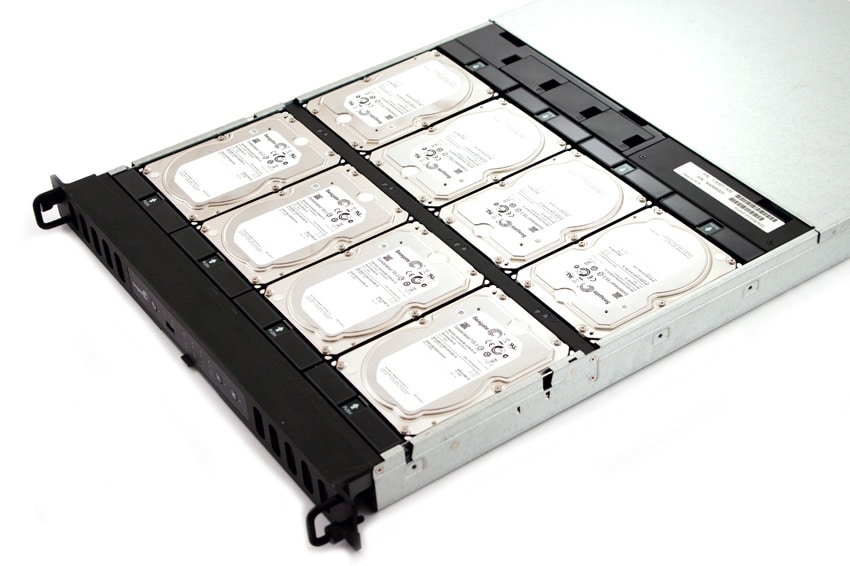![]() At the IEEE International Magnetics Conference (InterMag) this year, Seagate Technology discussed and demonstrated some of the new storage technologies that they have been working on such as heat-assisted magnetic recording (HAMR) and bit-patterned media (BPM) technologies. InterMag was held in China for the first time in its 52-year history, China accounts for a growing portion of the world's hard drive sales. Along with Seagate there were several other major vendors present including Intel, TDK, Showa Denko, Samsung, Fujitsu, IBM, and Toshiba.
At the IEEE International Magnetics Conference (InterMag) this year, Seagate Technology discussed and demonstrated some of the new storage technologies that they have been working on such as heat-assisted magnetic recording (HAMR) and bit-patterned media (BPM) technologies. InterMag was held in China for the first time in its 52-year history, China accounts for a growing portion of the world's hard drive sales. Along with Seagate there were several other major vendors present including Intel, TDK, Showa Denko, Samsung, Fujitsu, IBM, and Toshiba.
At the IEEE International Magnetics Conference (InterMag) this year, Seagate Technology discussed and demonstrated some of the new storage technologies that they have been working on such as heat-assisted magnetic recording (HAMR) and bit-patterned media (BPM) technologies. InterMag was held in China for the first time in its 52-year history, China accounts for a growing portion of the world's hard drive sales. Along with Seagate there were several other major vendors present including Intel, TDK, Showa Denko, Samsung, Fujitsu, IBM, and Toshiba.

Perpendicular magnetic recording (PMR) is currently the primary technology in HDDs. However we're seeing PMR hit its upper areal density limit (currently at 8TB with the HGST He8 drives). Shingled Magnetic Recording (SMR) is a fairly new technology that is now commercially available to help alleviate this cap. SMR layers tracks on top of one another adding even more capacity, but at a performance cost that limits its ability to be deployed outside of active archive type scenarios. Seagate is already shipping an 8TB SMR drive, the Seagate Archive HDD.
Seagate continues to focus on extending the areal density curve. Seagate believes that is could get up to 5TB per square inch (5x that of PMR) in a HAMR drive. With HAMR drives, a laser is used to heat the disk as it is being written. The heat changes the disk's coercivity reducing the limit of the data that can be written at a given time. During InterMag, Seagate had 8 HAMR drives in a RAID configuration in their Business Storage 8-Bay Rackmount NAS, pictured above. The drives ran continuously for three days with no issues.
Seagate was also looking past HAMR drives to another emerging technology. Heated-dot magnetic recording (HDMR) is a combination of HAMR and bit-patterned media. Seagate states it can see capacity in the upward range of 10TB per square inch. Seagate also ran a demonstration of several of its Kinetic HDD for scale-out object storage in a server.
Finally, Seagate and Tsinghua University, one of China's top engineering schools, signed a memorandum of understanding that will focus on a long-term partnership in future research. This is good news for Seagate as China will account for 126 million HDD units by 2020 and plans on investing $182 billion in boosting Internet speeds by 2017.
Availability
Seagate is aiming to have HAMR drives out to select customers some time in 2017 and hopes to have them in full production by 2018.
IEEE International Magnetics Conference site
Sign up for the StorageReview newsletter

